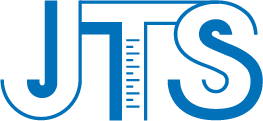Restricted substance testingProduct
Your Location:Home > Restricted substance testingAnnex XVII of the REACH Regulation is a list of restrictions on the manufacture, placing on the market, and use of certain hazardous substances, mixtures, and articles within the European Union. These restrictions are designed to protect human health and the environment.
According to Article 67 of the REACH Regulation: substances, mixtures, or articles containing substances listed in Annex XVII that do not comply with the restriction conditions shall not be placed on the market. The restrictions apply to a wide range of products, including electrical and electronic equipment, chemicals, toys, jewelry, and textiles. The restricted substances and their specific requirements vary depending on the product and must be analyzed on a case-by-case basis.
I. List of Common High-Risk SubstancesAnnex XVII has long-standing restrictions on core substances, including but not limited to:
•Heavy Metals: Chromium (VI), Cadmium, Lead, Nickel release (must comply with standards like EN 1811).
•Formaldehyde, Phthalates.
•Azo dyes, Polycyclic Aromatic Hydrocarbons (PAHs).
II. Specific Product Restrictions
1. Textiles/Apparel
•pH, Formaldehyde, Phthalates.
2. Jewelry/Accessories
•Cadmium content ≤ 0.01% by weight.
•Nickel release rate ≤ 0.5 μg/cm²/week.
3. Children's Products
•Free benzene content ≤ 5 mg/kg.
•Sum of restricted phthalates ≤ 0.1% by weight of the plasticized material.
J-Testing is a CNAS, CMA, and CPSIA accredited laboratory, committed to providing global clients with professional third-party testing, consulting services, and cross-border certification assistance.






 Our Service
Our Service
